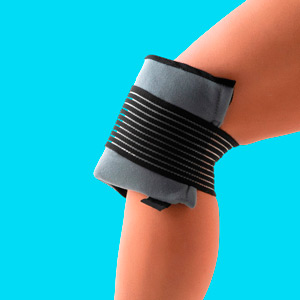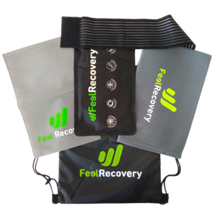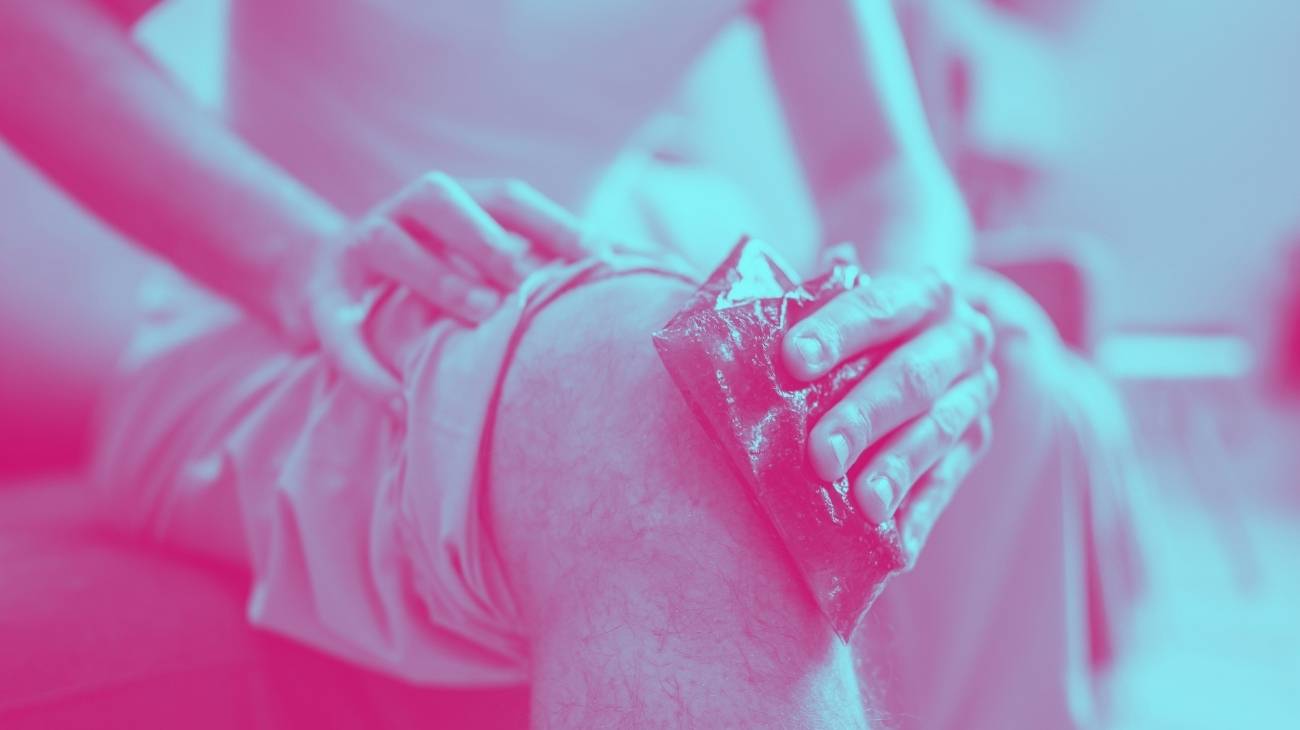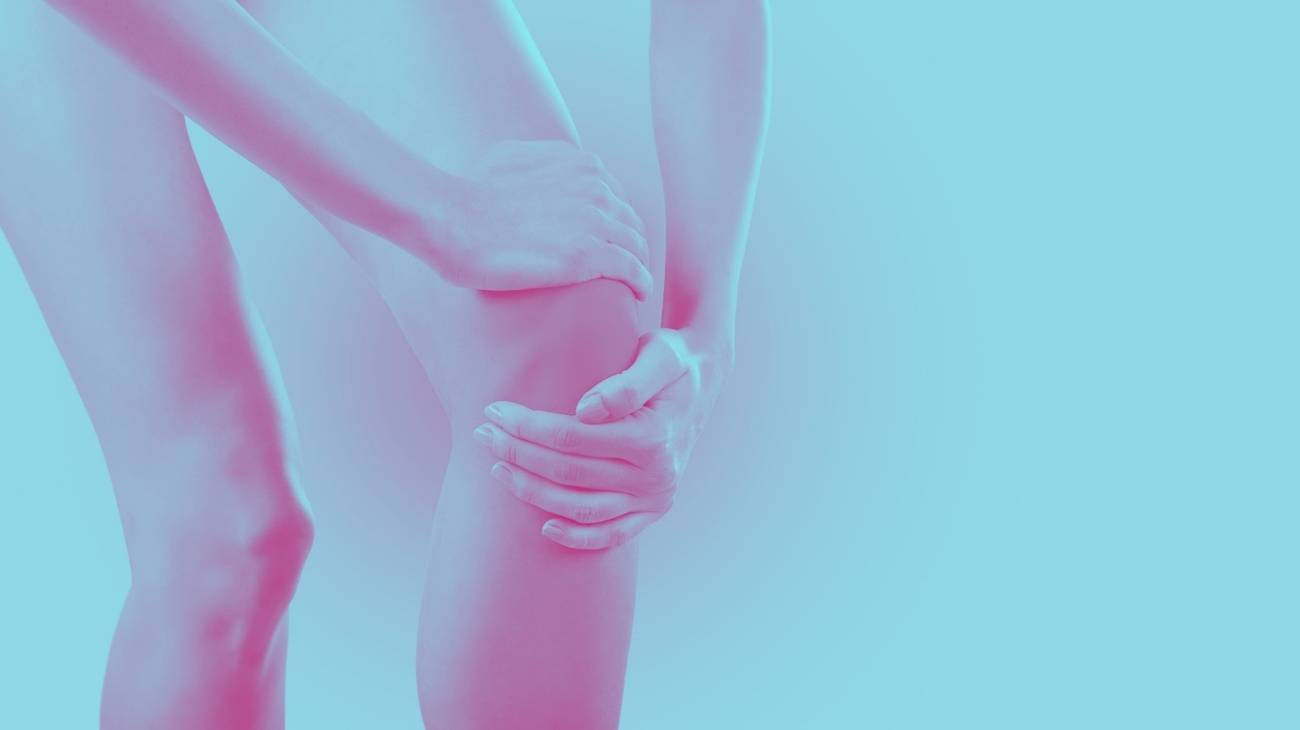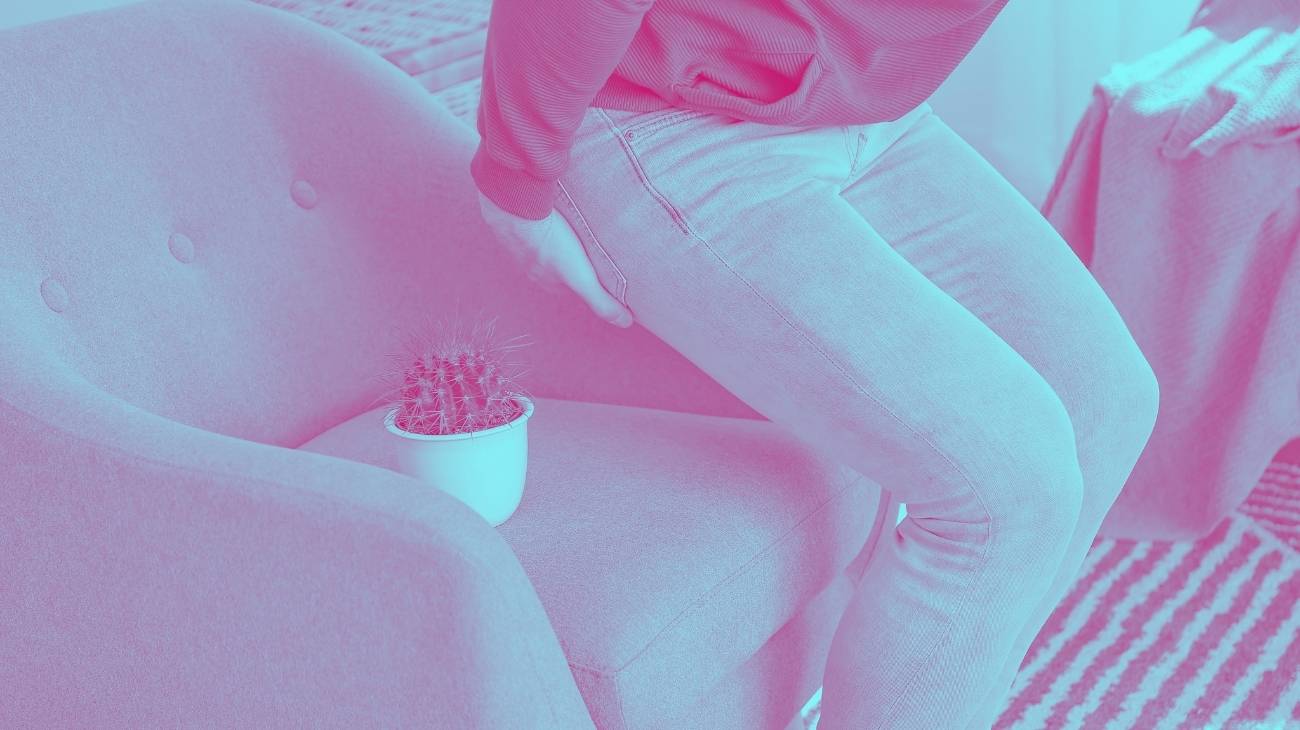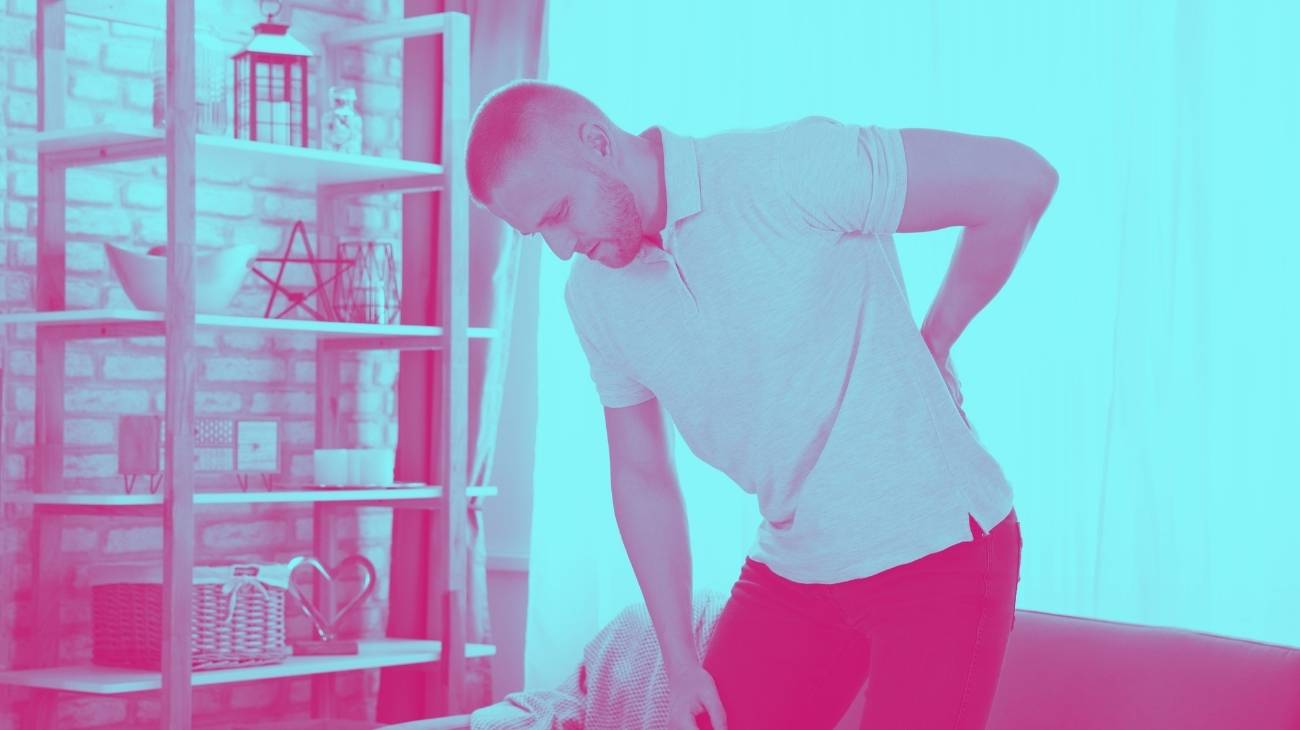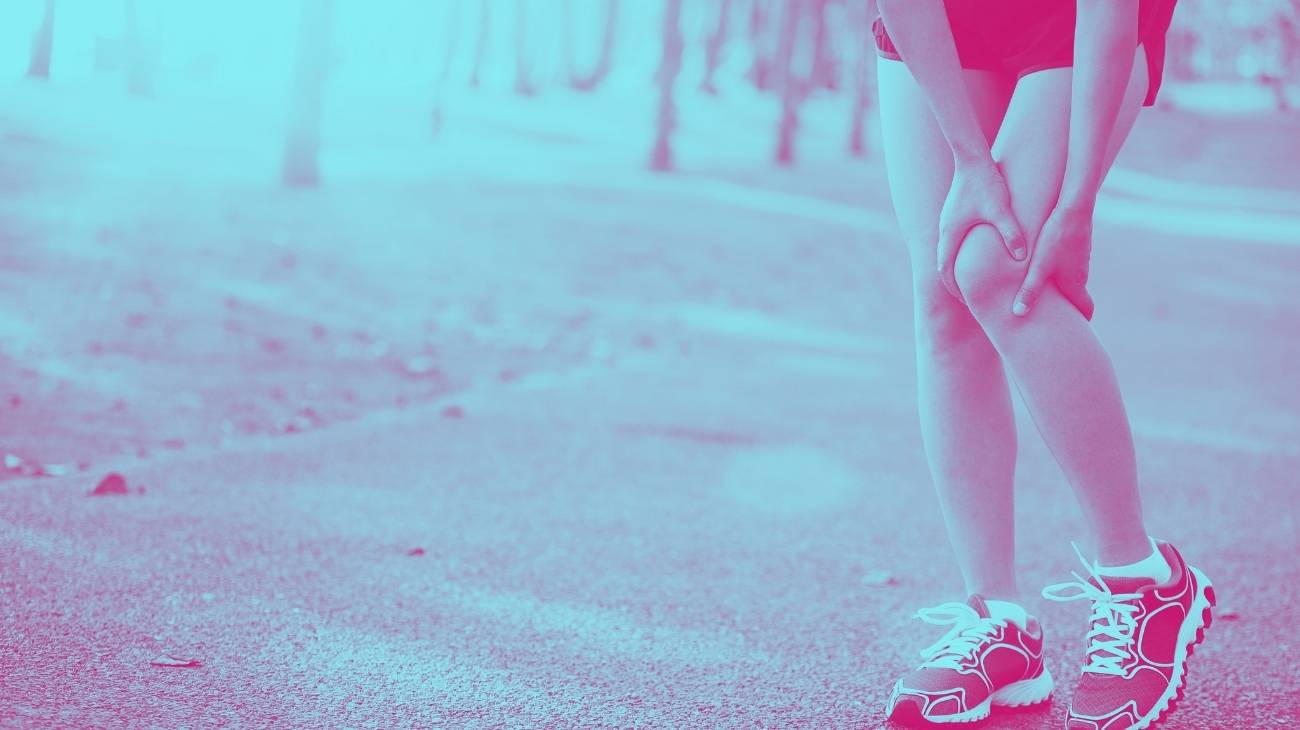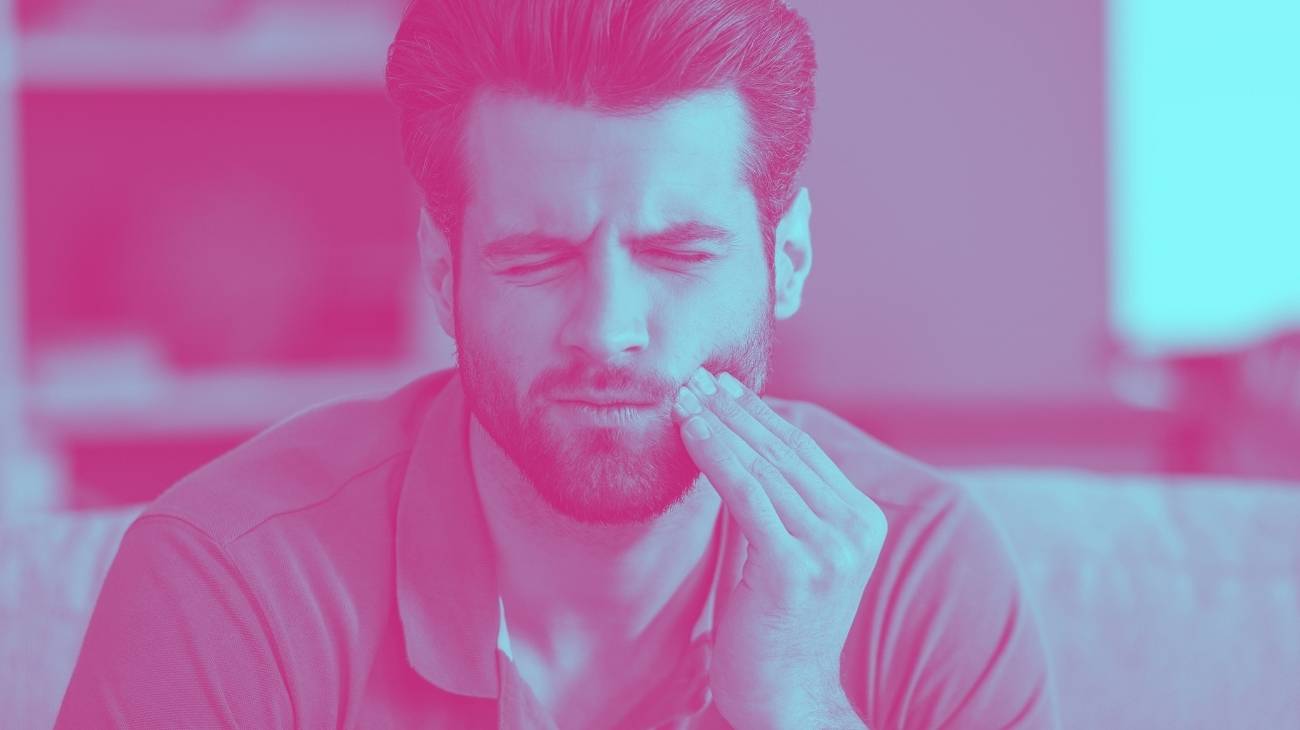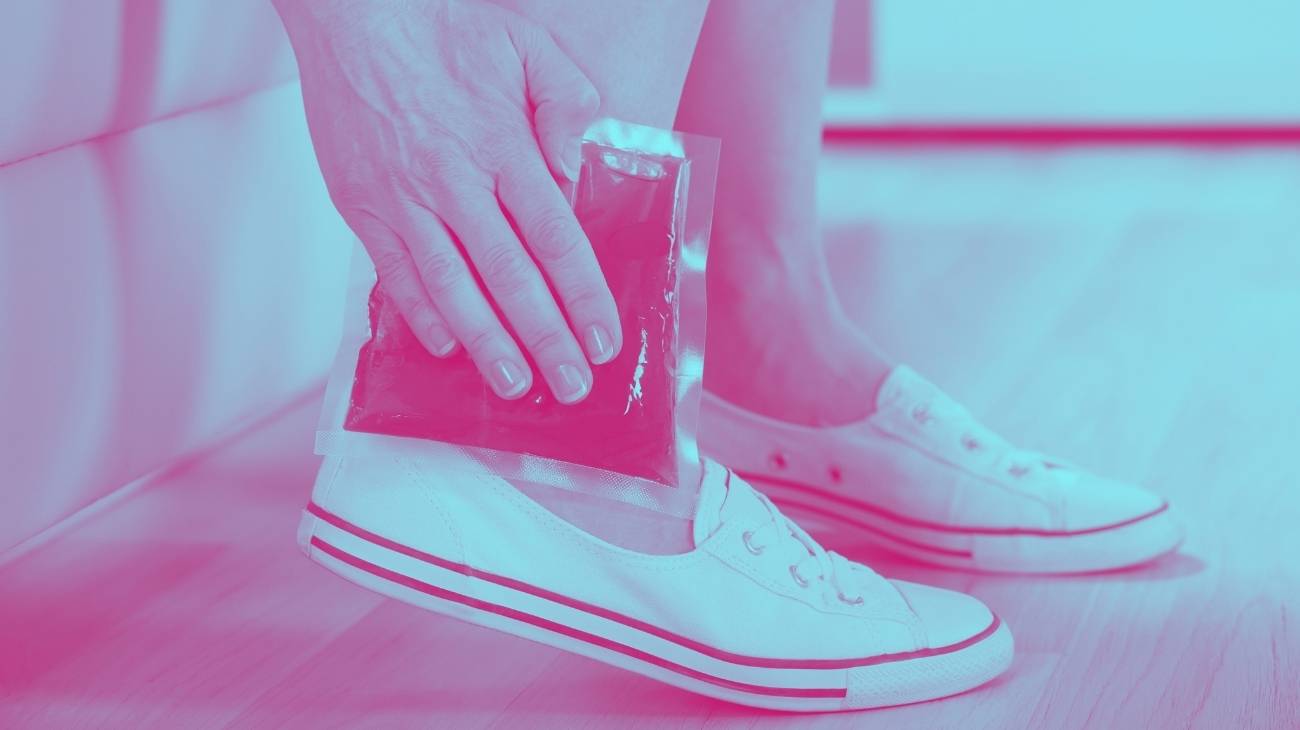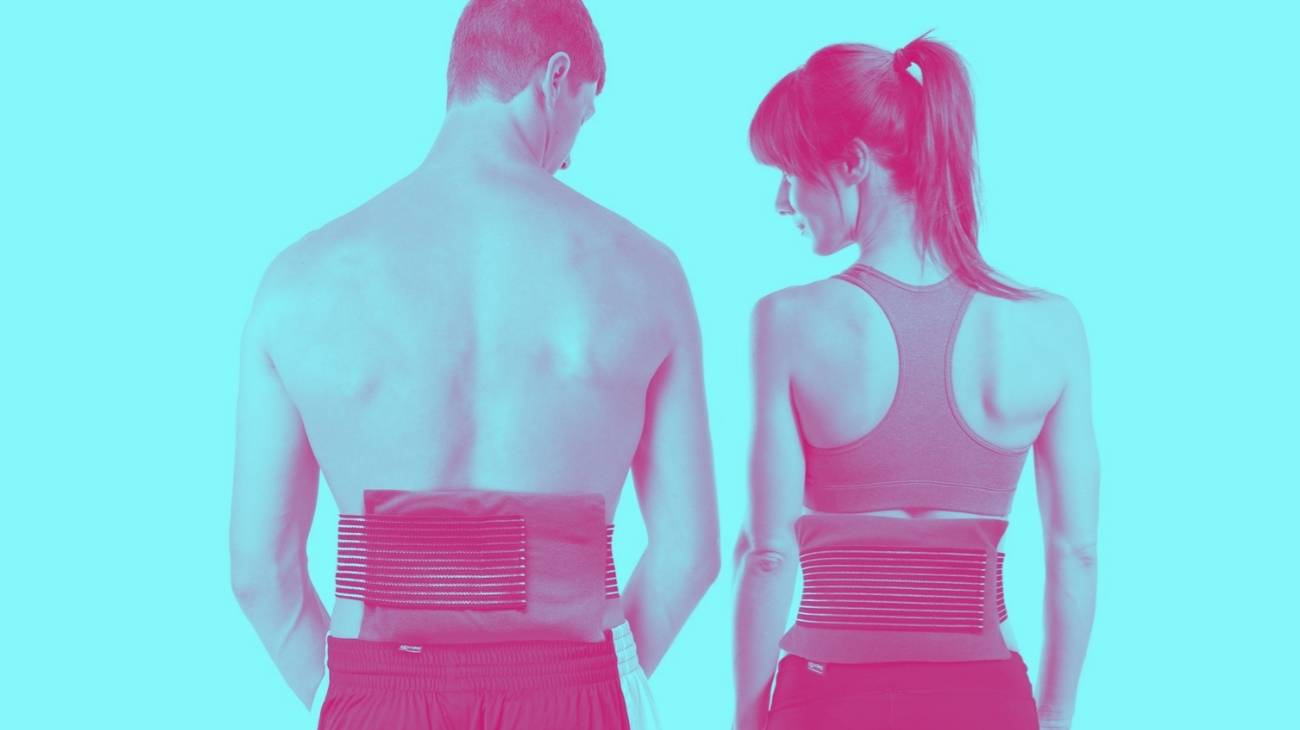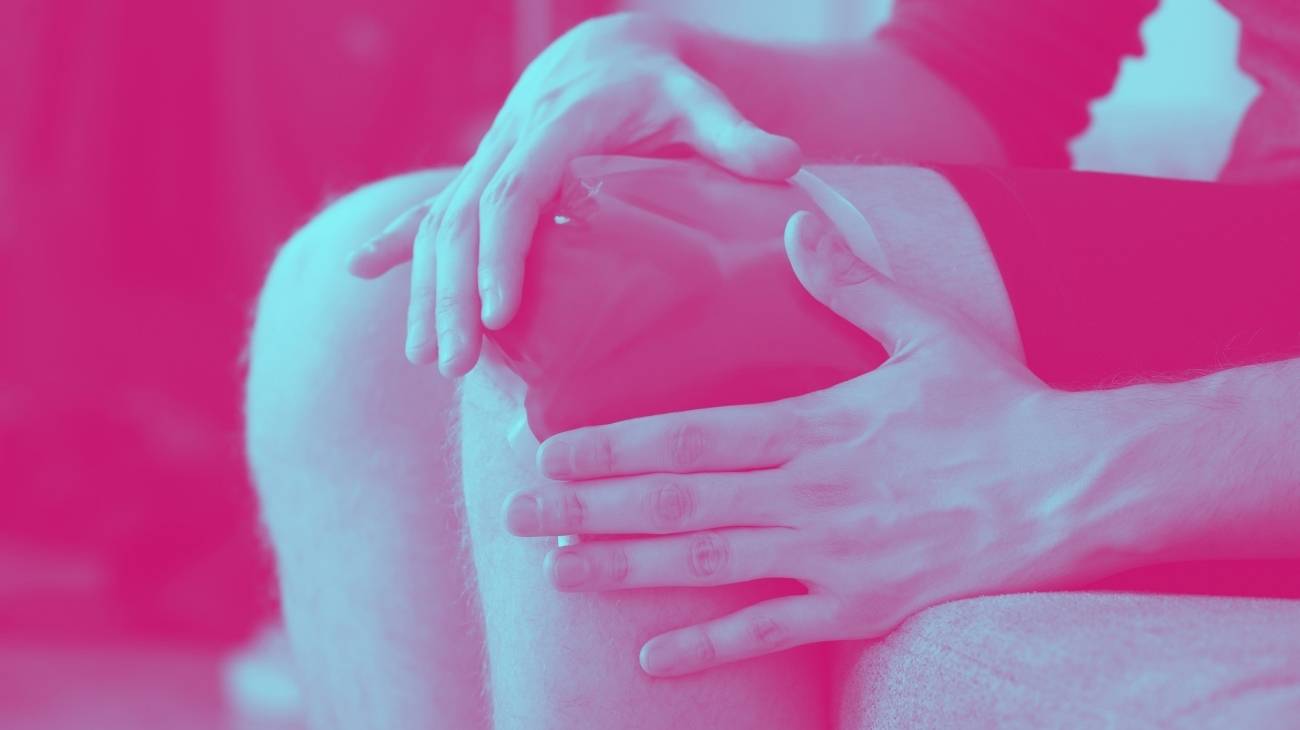- What is the best ice gel pack for arthritis?
- Video: How to use hot and cold gel packs?
- Types of hot & cold packs you should know about
- What are the causes of arthritis and osteoarthritis?
- Benefits of ice gel packs for joint pain relief
- How can hot/cold gel packs be used to relieve joint inflammation?
- The best hot and cold gel packs for pain relief
For people with osteoarthritis and arthritis, it is very important to find a quick, simple and inexpensive solution. When pharmacological solutions are not available, the simplest solution is to use heat and cold gel packs.
Therefore, it is important to know how to apply hot and cold gel packs to relieve the pain associated with osteoarthritis and arthritis. These two joint conditions have very different causes, but both cause inflammation and pain. Take a look at the following and discover their benefits.
What is the best ice gel pack for arthritis?
- Size: One size
- Colors: Grey and Black
- Material: Breathable
- No. of products: 1 Piece
- Uses: Rehabilitation and sports
- Always Flexible
- High Quality
- Complete pack
- Extra-Strong Velcro
- Ergonomic design
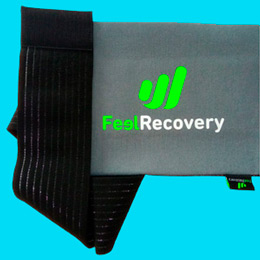
Extra-Strong Velcro
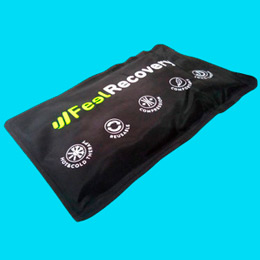
High Quality
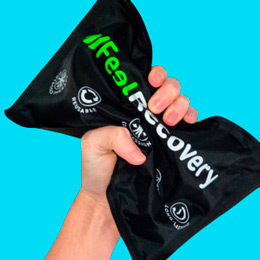
Always Flexible
- Quality finish
- Long lasting cold therapy
- Low flexibility
By simply choosing the size that best suits your foot and placing the gel sack in the refrigerator for two hours, you will achieve relaxing effects naturally generated by your own body. Don't spend money on products that won't do you any good, use this pair of neoprene socks with compression system. Remember that the fabric can be inefficient to retain the cold for a longer period of time.
- Size: S/M-L
- Material: Polyester (95%), Spandex (5%)
- Colors: Black and Blue
- Type of fit: Sock
- Unit Quantity: 6 Gel Packs
- Includes 6 Gel Packs
- Good fit
- Hot/cold therapy
- Quality stitching
- Small sizes only
- Delicate wash
They are easy to care for because they can be machine washed without losing the compression needed to help stimulate blood flow. Their unisex design with soft, skin-friendly material can be worn by any adult during leisure time, but it is important to consider that they are not comfortable for walking if you place the heating pads on the sole of the foot.
- Size: 4 to 8 years, 11 years
- Material: Neoprene
- Colors: Blue and Green
- Type of adjustment: Velcro strap
- No. of units: 2 Gel Pack
- Fully adjustable
- Padded interior
- Quality materials
- Especially for children
- Voluminous
- Average duration of cold therapy
The soft splint easily adapts to the anatomy of the foot, so just freeze the removable cold gel and place it on the area where you need it most. Please note that in some cases moisture accumulates and causes skin irritation. It is not advisable to walk with this product for long stretches and the medical liquid may come out of its container.
- Quality stitching and finishing
- 2 protective covers
- Heat/cold therapy
- Fully adjustable
- Not microwaveable
- Bulky design
Its use is very simple, just place the gel with the desired temperature inside the neoprene structure and after a few minutes you will begin to feel the therapeutic benefits of the thermal wrap. The neoprene splint is breathable and suitable for use in warm environments, but keep in mind that the compression on the toes may be uncomfortable.
- 2 Units per order
- Double protective
- Long lasting cold therapy
- Optimal adjustability
- No heat therapy
- Bulky design
Its design with adjustable straps generates the ideal compression to stimulate blood circulation and prevent cramps, which helps reduce swelling and relieve leg fatigue. It can be used by both men and women, as it is only necessary to adjust the neoprene straps to keep the brace in place. Please note that, in some users, it does not cover the sensitive areas of the ankle.
- Microwaveable
- Heat/cold therapy
- One size only (M)
It is useful for treating plantar fasciitis, Achilles tendonitis and ankle sprains, as the size covers all areas that are sensitive to injury. Its multifunctional design will serve you to adapt the thermal bag to the affected places and hold them with great precision. The Velcro straps may lose effectiveness as you wear this thermal ankle brace.
- Material: Nylon
- Uses: Knee, Arm and Leg
- Type of adjustment: Strap with Velcro
- Cover: Yes
- No. of units: 1
- For various body areas
- Double Velcro strap
- Durable cold therapy
- Quality materials
- Not suitable for heat therapy
- One size only
Tighten the straps until you get the adjustment that improves the stability of the knee, then you should place in the refrigerator or microwave the necessary time to achieve the medical temperature that is effective for the relaxation of the tissues. It is lined with soft plush, which increases comfort, but keep in mind that it can accumulate perspiration excessively. It can be used for arthritis patients.
- 4 Adjustable straps
- 3 Gel Packs
- Hot/cold therapy
- Quality finishes
- 30 min duration
- Bulky design
It is suitable for use in arthritis treatment and in people with muscle weakness. The feeling of fatigue in the legs will begin to disappear thanks to the delivery of oxygen generated by the cold therapy combined with thermotherapy. Please note, the fabric is neoprene and may be uncomfortable on the front of the knee due to the accumulation of material.
Video: How to use hot and cold gel packs?
Types of hot & cold packs you should know about
What are the causes of arthritis and osteoarthritis?
As mentioned earlier, arthritis and osteoarthritis are two very common joint diseases. Yet they have completely different causes and need to be treated differently. They can be defined as follows:
Arthritis
Arthritis is defined as inflammation and deterioration of one or more joints and can have over 100 causes. Structures that may be affected include cartilage, synovial fluid, the bones that make up the joint, ligaments, tendons or bursa.
The disease is usually caused by autoimmune inflammatory conditions, uric acid or calcium pyrophosphate crystals and infections caused by viruses or bacteria. It can occur in both sexes and at any age, and the pain it causes can be disabling.
Common causes are:
- Juvenile rheumatoid arthritis: this is an autoimmune disease that causes chronic joint pain and inflammation in childhood and early adulthood. The cause is completely unknown, but it is thought that the body mistakenly attacks healthy tissue such as the joints. It can cause severe joint pain and inflammation and is accompanied by fever and other symptoms.
- Rheumatoid arthritis in adults: This disease has the same appearance as juvenile rheumatoid arthritis and is also an autoimmune disease. However, the age group affected is older than 16 years and the disease is much more common in women. It also causes severe and chronic inflammation and pain in the joints.
- Gout or crystalline arthritis: In this case, the inflammation of the joints is caused by the accumulation of uric acid or calcium pyrophosphate crystals. This is because the body produces too little uric acid or is unable to get rid of it. It is a very painful and recurrent condition that can affect several joints.
- Viral and bacterial infections: Some viral infections can be associated with joint inflammation. Sores or skin infections near a joint can allow bacteria to enter and cause arthritis. This type of arthritis, called septic arthritis, is quite a tricky condition.
- Other diseases: Diseases such as systemic lupus erythematosus, scleroderma and psoriasis can cause arthritis. Although these diseases do not exclusively affect the joints, they are autoimmune diseases and the body may react against them at some point.
Osteoarthritis
This type of joint inflammation has a completely different origin than arthritis. In this case, there is wear and tear and ageing of the joint cartilage in one or more joints. It is much more common in the hip, knee and foot joints, but can also occur in other joints.
OA usually occurs after the age of 40 and can affect both men and women. When osteoarthritis is present, it causes severe pain, swelling and stiffness in the affected limb. Over the years, joint deformities become more apparent, as does stiffness and weakness of ligaments and tendons.
The most common causes of osteoarthritis are:
- Old fractures: In joint fractures, a process of bone repair takes place that leaves the bone thickened. Such injuries can cause damage to the adjacent cartilage and ligaments. They become more common over the years.
- Obesity: Excessive body weight can lead to degradation and wear and tear of the articular cartilage in the weight-bearing joints of the body. The hip, knee, ankle and foot joints are most commonly affected. It causes severe pain and swelling, and the mobility of the affected joint is impaired.
- Certain occupations or daily activities: Repetitive movements of a joint can lead to wear and tear of the joint cartilage. Activities that involve daily kneeling, squatting, climbing stairs, walking and lifting can all have an effect.
- High impact sports: Sports that place a high load on the joints can lead to OA. Sports that can be affected include football, as it directly affects the joint. Also basketball and baseball due to repeated twisting or throwing.
Benefits of ice gel packs for joint pain relief
Heat and cold are both very good at relieving joint pain from osteoarthritis and arthritis if you know when to use them. You cannot conclude that one is better than the other because both have great benefits for the conditions.
Here are the benefits of both:
Cold benefits
Cold therapy is one of the best solutions for joint pain and inflammation. It is very useful in the acute inflammatory phase of arthritis where there is severe pain and inflammation. But it can also be used in osteoarthritis, when the wear and tear of the cartilage leads to increased inflammation of the tendons and ligaments.
It is a very effective and easy to use solution, so look out for these great benefits:
- It reduces inflammation: The first ability that cold has when placed on a part of the body is vasoconstriction of the tissue. This results in a significant reduction in blood flow to reduce oedema and inflammation. It is very effective in acute inflammatory processes and prevents the inflammation from worsening.
- Pain relief: Cold acts as a powerful analgesic. When a spot is cooled, you first feel cold, then a slight burning sensation, then pain and finally numbness. In this way, the pain is relieved and the anti-inflammatory properties improve the condition considerably.
- Less tissue damage: Restricting blood flow prevents the preliminary stages of inflammation from damaging the adjacent tissue. This makes cryotherapy an excellent option in the acute phase of arthritis when the body is reacting on itself.
Heat benefits
Heat can also help with joint pain. As it is a strong vasodilator, it cannot be used for inflammatory processes. However, it is very good for improving the elasticity and flexibility of the tendons and ligaments in the joints.
Thermotherapy is also one of the easiest therapies to use:
- Controlling muscle spasms: The muscles involved in the affected joint may spasm, causing pain. The heat improves blood circulation, which significantly reduces spasms and chronic pain. It is particularly useful for conditions such as osteoarthritis.
- Restores elasticity and flexibility: Heat leads to better relaxation of ligaments and tendons. The vasodilatation caused by the heat improves blood circulation, which allows better mobility of the affected joint.
- Better recovery of damaged tissue: As the affected area is better supplied with blood, oxygen and nutrients are better distributed in the tissue. This gives tissues such as ligaments, tendons, muscles and even joint cartilage the opportunity to regenerate.
How can hot/cold gel packs be used to relieve joint inflammation?
Cold/heat gel packs are very easy to use as they do not require much effort or complicated procedures. Follow these simple recommendations for the correct use of this product:
Cold gel packs
The application of cold gel packs is quite simple:
- Place them in the freezer or refrigerator for 60 minutes. This is the minimum time they need to have the desired effect.
- After this time, take them out of the freezer and place them on the affected joint. If you feel it is too cold, you can wait a few minutes and then use it.
- Do 10-15 minute irradiations of the affected joint with a rest period of one hour.
- You can use it over a period of 48 to 72 hours to get a decrease in joint inflammation. After the inflammation has subsided, it is recommended to continue the application to improve the relaxation of the adjacent tissues.
- Always avoid placing them directly on the skin as the cold can cause irritation and burning. Place them on a cloth or blanket, although this is not necessary with our gel packs. They can be used directly as they all have a soft protective layer on one side.
- At the end of the application time on the affected joint, put the gel pack back in the freezer.
Hot gel packs
It is very easy to heat a gel pack, but our gel packs are not designed to be heated. Therefore, if you need to warm them up, it is best to use an 800 W microwave or a water bath. Follow our recommendations to the letter:
- If you are using a microwave oven, place the pack at 800 W for 20-30 seconds (depending on the size). It is necessary to monitor the temperature and check that it is hot by touching it. It is important to massage the gel so that the heat is evenly distributed.
- If you are using a water bath, bring the water to a boil. Once boiling, remove the pot from the heat and put in the sachet. After 7-8 minutes it is ready to use, so take it out and dry it well with a cloth.
- Put it on a dry cloth or blanket and place it on the affected joint for 10-20 minutes, then rest for an hour. You can repeat the exposure time several times a day for as long as necessary.
- It is important not to exceed the temperature as this may damage the structure of the pack and cause it to burst. In this case, wait until it has cooled down to room temperature and discard it immediately.
- Do not attempt to warm a frozen gel pack in any way. Always wait until it has reached room temperature before starting the heating process.
- Never attempt to heat a gel pack in the oven as this can be very dangerous and will eventually damage the product.
- If you want to use them again after the exposure time, wait until they have cooled down before reheating them.

